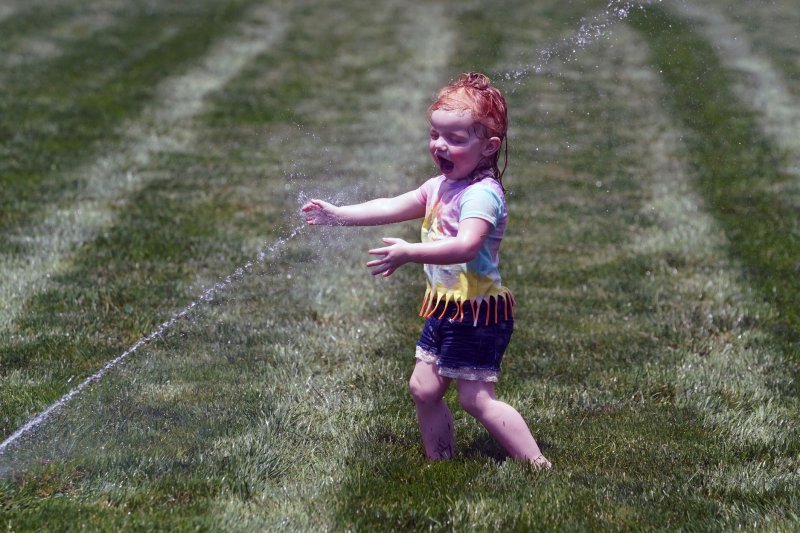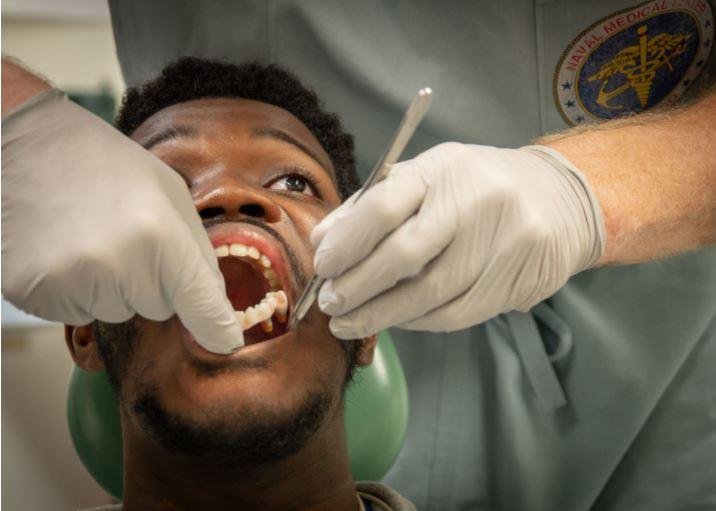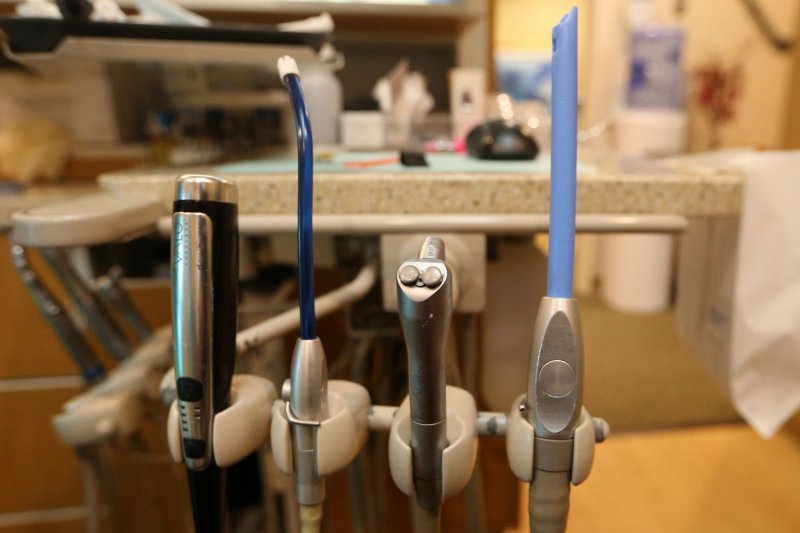July 9 (UPI) -- Officials at a British cathedral said a book that arrived in the mail recently is believed to have been checked out from the facility's library more than 300 years ago.
The Rev. Canon Keith Farrow, who has served as vice dean and canon missioner at Sheffield Cathedral since 2014, said the book, a 1704 printing of The Faith and Practice of a Church of England Man, arrived in the mail this week along with a note from a woman explaining its origins.
"It has come back to us because a lady in Wales, whose godmother passed away, found it amongst her belongings. In her will was the bequest that it should return to Sheffield Cathedral," Farrow told the Sheffield Star.
"Inside, it's actually dated 1709 and it's very beautifully written, it says 'this book belongs to ye lending library at Sheffield church,' which is Sheffield Cathedral," Farrow said. "So this has obviously been taken out of the lending library and not returned."
He said the cathedral's library had been a popular local feature until it was dismantled in the 1800s.
Farrow joked the overdue fee for the book could buy the cathedral "a new roof."
"But I did promise the family I wouldn't charge them the fine -- they've returned the book and that's wonderful. So this little book, just over 300 years ago, left the library. Now it's come back home so it's a joy to have this little jewel back here in Sheffield Cathedral," he said.


















